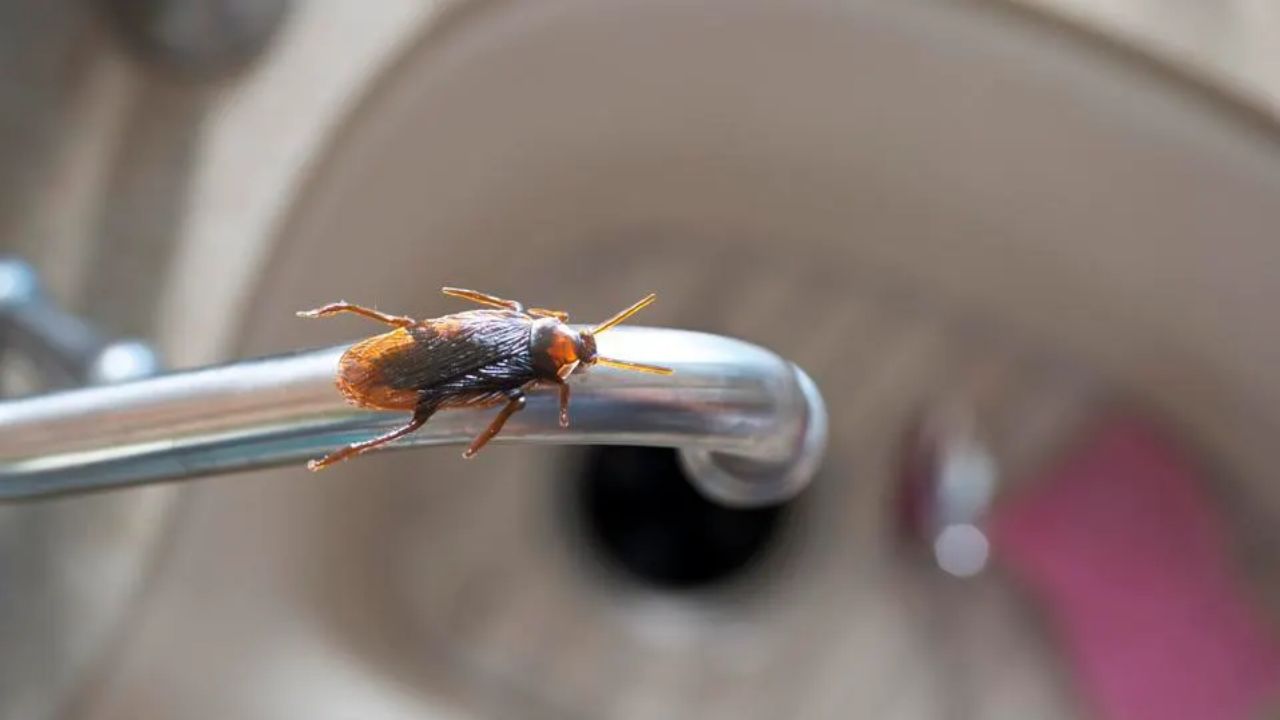Cockroaches, despised worldwide, are a pervasive nuisance infesting homes, offices, and eateries. They not only spread diseases, trigger allergies, and cause property damage but are also remarkably resilient, thriving in harsh conditions and becoming resistant to pesticides.
In the United States, certain cities, influenced by climate, population density, sanitation, and pest control practices, face more significant roach issues. A study by PF Harris revealed that New Orleans, Louisiana, topped the list, with over 40 percent of households reporting roach sightings in 2015.
Surprisingly, Phoenix, Arizona, made it to the top five despite being a hot and dry city, challenging the common belief that roaches prefer humid environments. This article delves into the reasons behind Phoenix’s status as one of the worst roach-infested cities in the US and explores prevention and control methods.
Why Phoenix Has a Roach Problem
Phoenix, with a population of around 1.7 million, stands as Arizona’s capital and largest city. Known for its scorching temperatures and minimal rainfall, averaging 75°F annually and 8 inches of rainfall, Phoenix lies in the Sonoran Desert, home to various native roach species like the American, Turkestan, and Oriental cockroaches. These roaches adapt to arid conditions by seeking moisture in sewers, drains, and irrigation systems.
Non-native roaches, particularly the German cockroach, worsen the problem. This smaller, lighter species easily hitches rides on belongings and thrives in warm, humid areas like kitchens and bathrooms. Phoenix’s combination of native and non-native roaches, high population density, urban sprawl, lack of natural predators, and insufficient pest control, makes it a roach hotspot. According to the PF Harris study, 18.8 percent of Phoenix households reported roach sightings in 2015, ranking it as the fifth worst roach-infested city in the US.
How to Prevent and Control Roach Infestations
Roach infestations threaten public health, the environment, and the economy, making prevention and control crucial. To curb the roach population and prevent further spread, consider the following measures:
- Seal Entrances: Close gaps and cracks in walls, floors, doors, and windows to prevent roaches from entering.
- Maintain Cleanliness: Keep kitchens, bathrooms, and other areas with food and water clean. Store food in airtight containers.
- Proper Waste Management: Dispose of garbage regularly, cover trash cans, and keep them away from the house.
- Fix Leaks: Repair plumbing, faucets, and appliances to eliminate standing water, cutting off roaches’ water supply.
- Declutter: Reduce unnecessary items that provide hiding spots or food sources for roaches.
- Use Pest Control Products: Employ baits, traps, or insecticides following instructions carefully. Avoid foggers, which can spread roaches and contaminate the air.
- Professional Help: If the infestation persists, seek assistance from professional pest control services, adhering to their recommendations.
Conclusion
Phoenix faces a significant roach problem due to the presence of native and non-native species, coupled with the city’s hot and dry climate, high population density, and inadequate pest management. Roach infestations pose health risks, property damage, and economic losses. Taking proactive measures and seeking professional help when necessary can transform Phoenix into a cleaner, safer city for all residents.

